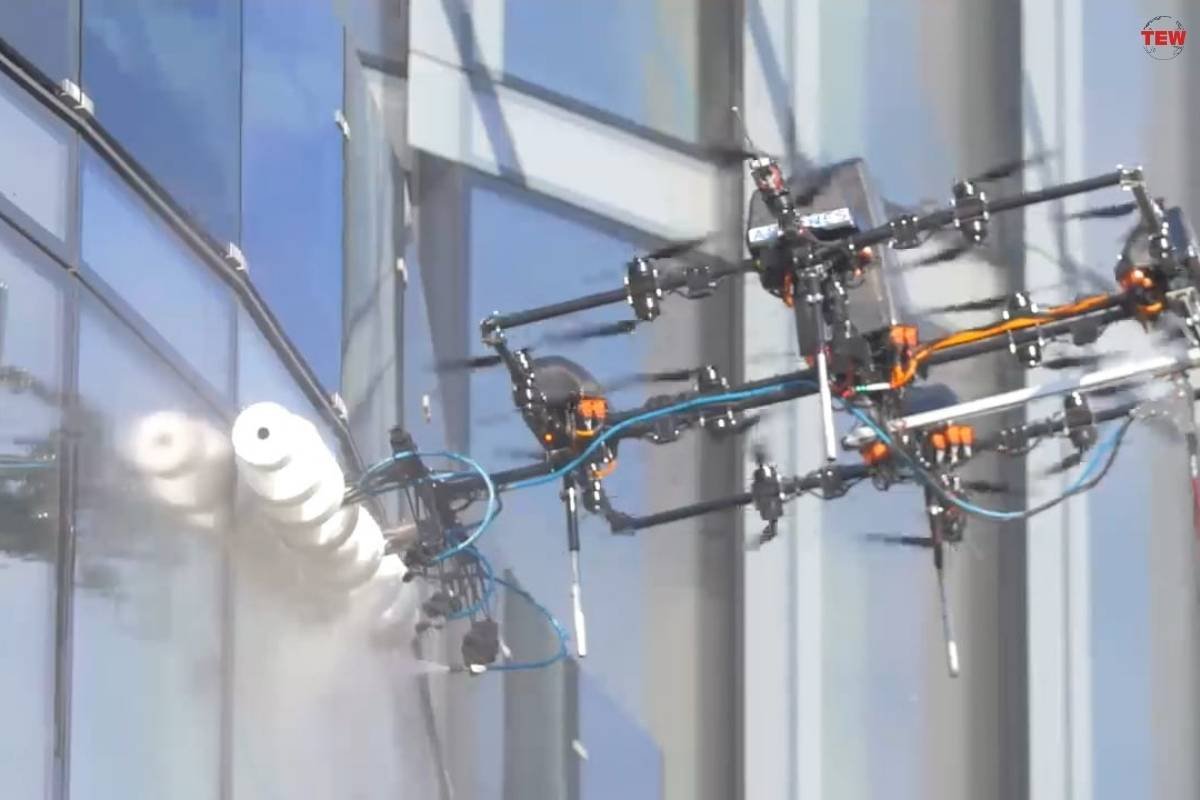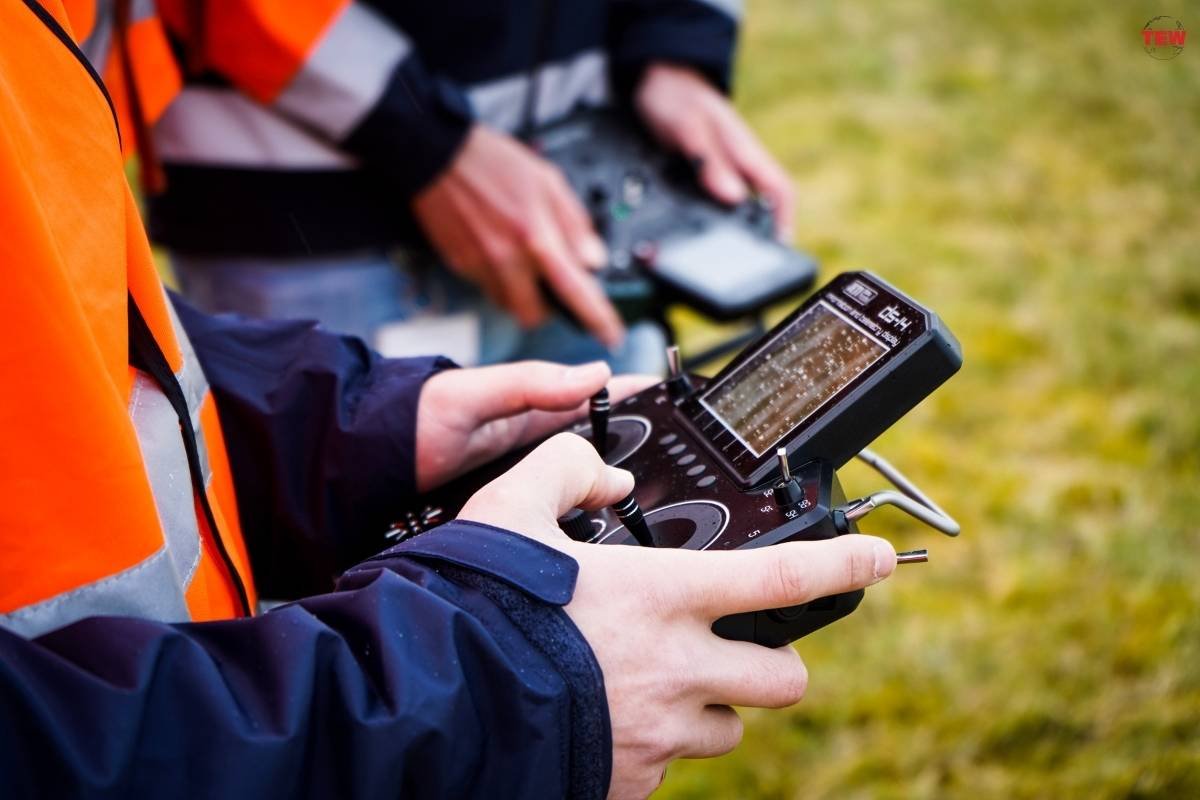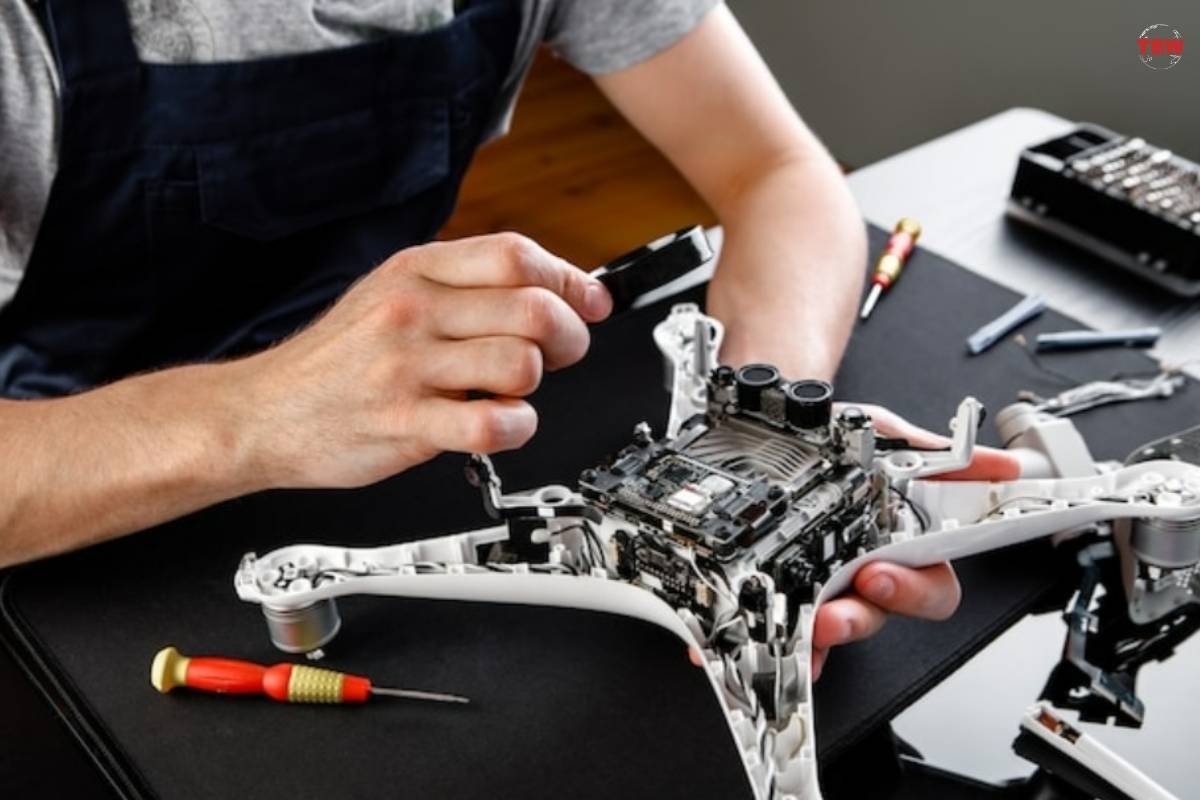Drones are reshaping the landscape of commercial cleaning and maintenance. Equipped with cameras, sensors, and AI technologies, cleaning drones enable faster, safer, and more efficient cleaning and maintenance operations. They can access hard-to-reach areas, inspect equipment, and perform maintenance tasks with efficiency, ensuring that no corner of an industrial facility is left untouched.
In this article, we will explore how exactly drones are transforming commercial cleaning and maintenance so businesses can save time and money while ensuring the safety of their workers.
Drone-Enabled Commercial Cleaning And Maintenance Services
Various cleaning and maintenance services are made easier and safer with drones. Here are some of its capabilities:
1. Aerial Inspections And Assessment
One of the primary ways drones are changing commercial cleaning is by enabling aerial inspections and assessments. Drones with high-resolution cameras and sensors can thoroughly inspect building exteriors and roofs.
This allows maintenance teams to identify issues like cracks or damages in these areas, fully assess needs, and plan repairs more effectively. It reduces the risks of unexpected costs from undetected problems and, more so, the need for personnel to engage in these risky procedures.
2. Window Cleaning

Cleaning tall building windows has traditionally been done by dangling in ropes—it is a dangerous process. But drones with specialized cleaning tools can now access high-rise windows safely.
3. Surface Cleaning
Manually washing building exteriors, walls, sidewalks, etc. is time and labor-intensive. It often requires workers to use long hoses, pressure washers, and even scaffolding to reach high exterior walls and windows.
A surface cleaning drone equipped with power washers can increase efficiency, safety, consistency, and accessibility for exterior cleaning jobs.
4. Gutter Cleaning
Drones have the ability to maneuver in tight spaces, allowing them to access and clean gutters easily. Small agile drones with scrubbers and water nozzles can clean gutters by removing leaves and debris. This prevents costly home repairs from water damage.
5. HVAC Inspection
Cleaning drones with thermal cameras can inspect HVAC systems to identify issues like leaks or blockages in ductwork. Drones also enable the cleaning of air-conditioning units and ducts to improve efficiency and air quality.
6. Green-Roof Maintenance
Green roofs require continuous plant, soil, and drainage care, which is hazardous and time-consuming when done manually.
Drone technology enables efficient, precise, and lower-cost maintenance of green roof ecosystems through automated softwash cleaning of the area, watering of plants, monitoring, plant health, and debris clearing functions.
7. Bird Control

Drones equipped with bird repellents deter birds from roosting on buildings. This prevents unsanitary droppings and damage to structures. Drone-based bird control is an efficient, safe alternative to hazardous netting.
Benefits Of Using Drones For Cleaning And Maintenance
These benefits make drones a compelling choice for businesses looking to improve their cleaning and maintenance processes:
- Increased safety: Drones can access dangerous heights and confined spaces without risking human operators. This allows safer exterior window and roof cleaning.
- Faster operations: Drones complete tasks faster with aerial mobility and obstacle avoidance tech. Multi-drone fleets boost productivity exponentially.
- Cost efficiency: Drones reduce labor costs and downtime expenses. Their operation is cheaper in the long term than conventional equipment rentals.
- Improved data collection: Drones can scan environments and gather immense visual data to identify risks, maintenance needs, etc. Advanced sensors also collect helpful analytics.
- Enhanced quality: Consistent and meticulous cleaning is possible with pre-programmed drone flight paths. Mistakes are fewer than manual work.
- Accessibility: Drones can reach inaccessible or hard-to-reach places, such as high-rise building facades or rooftops, making them ideal for a wide range of applications.
- Environmental impact: Drones can minimize environmental impact by reducing the need for heavy machinery or chemicals in certain cleaning and maintenance tasks.
Challenges Of Using Drones For Cleaning And Maintenance

Investing in drones is a worthwhile investment, but it’s essential to be aware of its downsides:
- Regulatory compliance: The usage of drones involves drone regulations and airspace restrictions. You may need to obtain the necessary permits or licenses.
- Battery life: Drones have limited flight times due to battery life restrictions. But solutions include using longer-lasting batteries, carrying spares, and efficient mission planning.
- Range limitations: Drone communication range with operators can be insufficient, so long-range systems, boosters, and line-of-sight help address this.
- Maintenance and repairs: Regular drone maintenance and repairs cause downtime but can be minimized via proactive schedules, spare parts, and frequent inspections.
Conclusion
Drones transform the cleaning and maintenance industry by providing efficient, safe, cost-effective solutions. By minimizing downtime, reducing human exposure to potential dangers, and conducting comprehensive inspections for preventive maintenance, drones are helping businesses save time and money while ensuring the safety of their workers.




